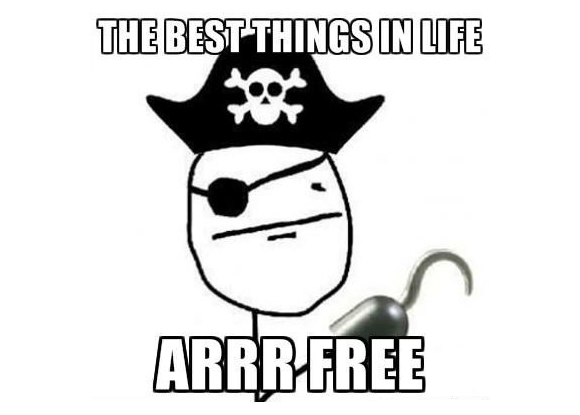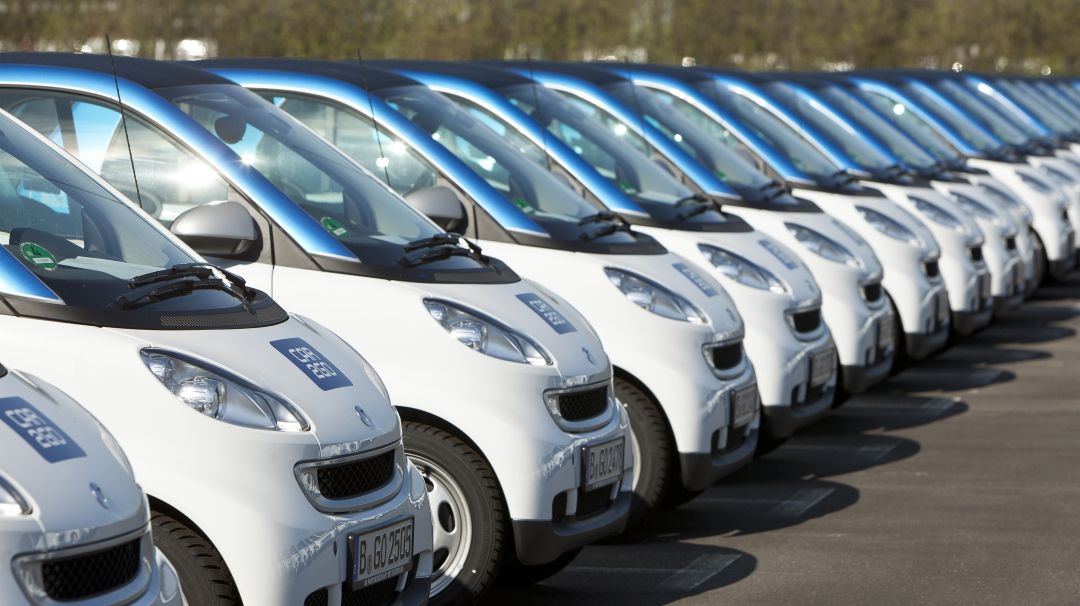The problem
Only few decades ago, movie producers could be sure that people who want to watch their movies would either buy a cinema ticket or the VHS tape (later the DVD) or just wait until the movie is released on TV. The same applied to musicians. If someone wanted to hear their song, one could either buy a concert ticket, the cassette (later the CD) or listen to the song on the radio. These somewhat outdated options to access artistic and other content similarly exist for video-games and software. But already years ago, with the possibility to copy tapes and to burn DVDs, the illegal reproduction of content became an issue. Since the time of internet flat rates and high speed internet connections, streaming and downloading content has become easier than ever (Martens, Herfert, & Karbe, 2012). This means that for content creators it gets harder to protect their copyrights.
There are two main ways to download or stream illegal content. First, there is the Server-User Principle, which means that the person who wants to download content uses a link to the desired file. Such links can usually be found on so-called link-portals which collected and compile the links and refer the user to the desired file. There is an abundance of paid and unpaid services (“filehosters”) that offer these files for downloading or streaming. The second popular option is the peer-to-peer (P2P) network. In this case, the content is not centrally stored on servers, but on every computer connected to the network. By connecting to the network the user grants access to certain folders on his hard drive and all the content stored in these folders is available and can be downloaded by other users.
More and less successful ways of fighting piracy
To counter internet piracy and the resulting drop in sales, service providers like the CoPeerRight Agency, OpSec Security, FDS File Defense Service and Fifthfreedom offer special software services for copyright holders that aim to counteract the above-mentioned first method of piracy. Their software uses an algorithm to search for illegal copies of their clients’ content and thus enables requests for deletion of that content. On the one hand, by making the content unavailable, the content owner can limit the damage due to online copyright infringement. On the other hand, this is a Sisyphean task: as soon as the file has been removed from one server, it is often upload to another server.
The implementation of policies is another way of countering piracy, but is has proven to be an utterly difficult and exhausting procedure. This is mainly because it is very hard to determine who is legally liable for the infringement activities. Are the individual subscribers, the companies who provide file hosting spaces or software for P2P systems or even the internet service providers (ISPs) responsible? In addition to this problem, online copyright infringement often occurs across borders, which further adds to the legislative complexity.
For tracking individual infringers, the US, UK or France send so-called “graduated response letters” (warning letters) to individuals. Additionally, the US uses the method of slowing down the speed of the internet connection or terminating the access for a given period (DotEcon & BOP Consulting, 2015).
The most common method, which is also used in Germany, is the payment of a fine. The Dutch copyright policy is completely different. Instead of focusing on individuals, Dutch legislature provides a legal framework in order to give the copyright holders, content providers and ISPs the chance to deal with online infringement themselves.
Actions against content providers/companies are for example: taking down and blocking of websites, targeting intermediaries and advertisers who are involved (“follow the money approach”), legal actions like suing for damages and compensation or working together with search engine providers like Google to remove search results that link to copyright infringing websites. By enabling the possibility of extra judicial processes like cooperation with search engine providers, it becomes easier and cheaper for international right holders to fight against online piracy.
The future of piracy
Over time, more and more “legal alternatives” to piracy have come up. Already since 2006 attractive tools like Spotify enable anybody to easily and legally stream music for free. Similarly, the movie industry has also introduced Video on Demand (VoD) services where subscribers can watch a broad selection of movies and series for a reasonable price. The success of this business model is astonishing: among the top 500 web site worldwide the popular VoD service neflix.com is ranked 50 and claims to have 86 Million paying subscribers (Juli 2016). Many similar services have come up in the recent past, for example hulu or Prime Video from Amazon.
Overall the recent developments make it seem that for a copyright owner the best way to fight copyright infringement is not to actually fight and persecute infringers, but to offer new, superior ways of consuming content. In order to get consumers to pay for digital content, the new offers described above are apparently far more effective than scaring illegally acting user or content providers with fines and lawsuits. And probably also more effective than videos like this:
As closing anecdote, I would like to note that the music for the well-known anti-piracy video “piracy is a crime” has been stolen in the exact same way that it tries to fight – oh the irony.
DotEcon, & BOP Consulting. (2015). International Comparison of Approaches to Online Copyright Infringement: Final Report. The Intellectual Property Office. Newport: Crown. https://www.gov.uk/government/uploads/system/uploads/attachment_data/file/404429/Internationa
Martens, D., Herfert, J., & Karbe, T. (2012). Auswirkungen digitaler Piraterie auf die
Ökonomie von Medien. (M. B.-B. GmbH, Hrsg.) House of Research GmbH.
Video “Piracy it’s a crime”, accessed on 21.10.16 at https://www.youtube.com/watch?v=HmZm8vNHBSU
Alexa’s “The top 500 sites on the web”, accessed on 21.10.16 at http://www.alexa.com/topsites/global;2


